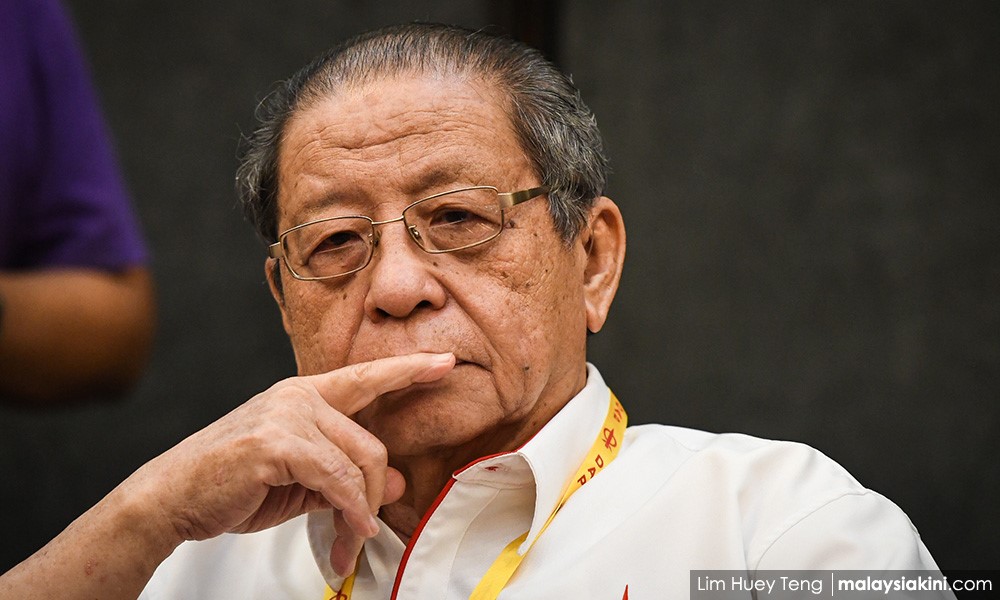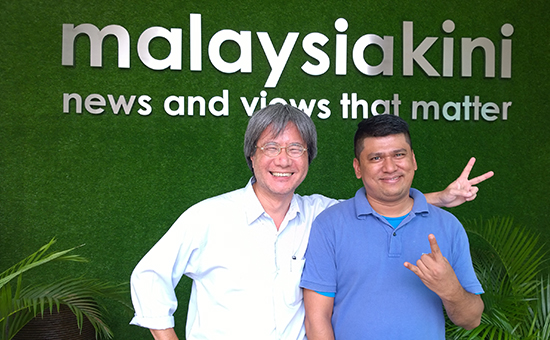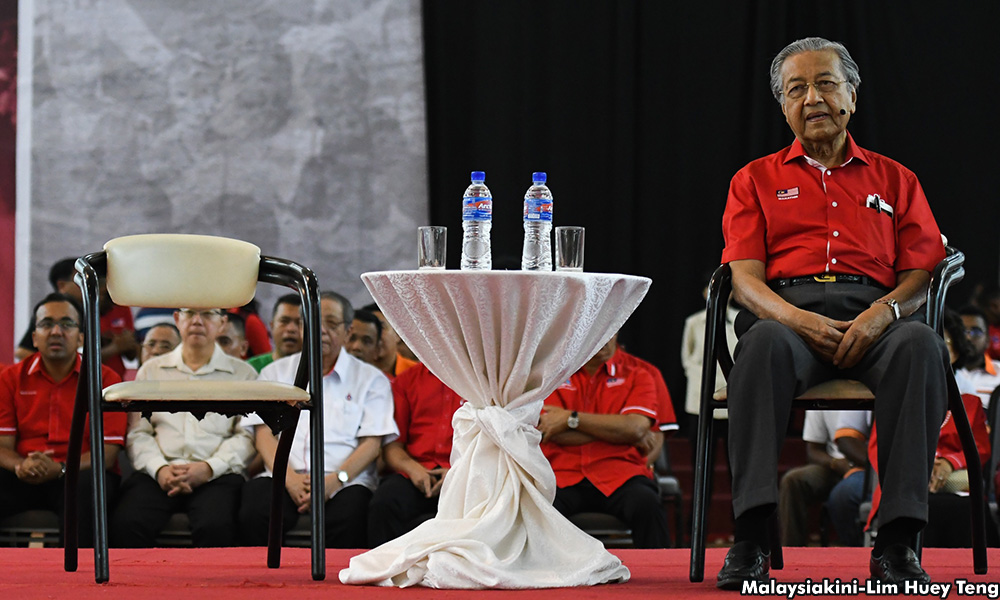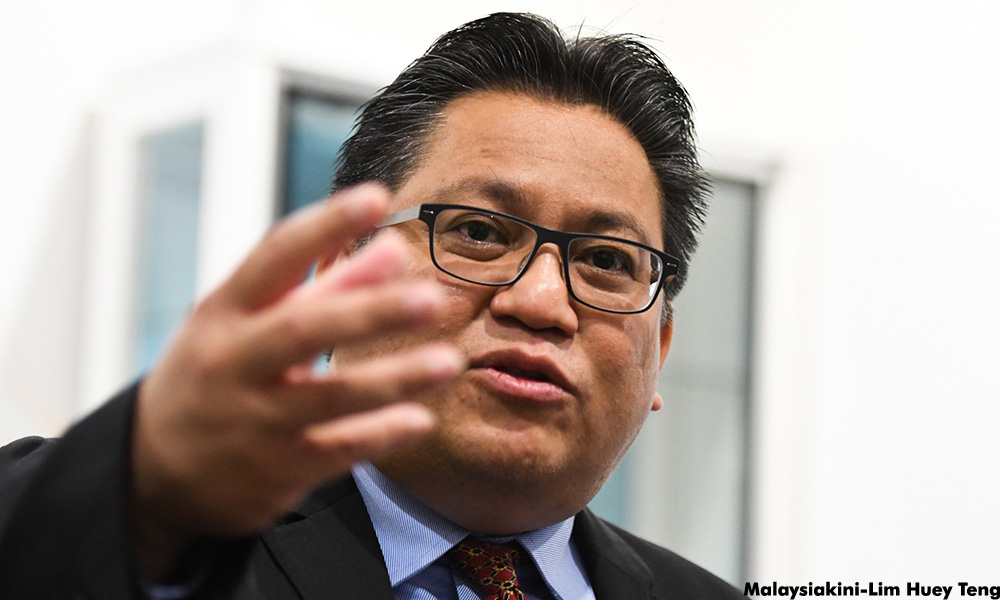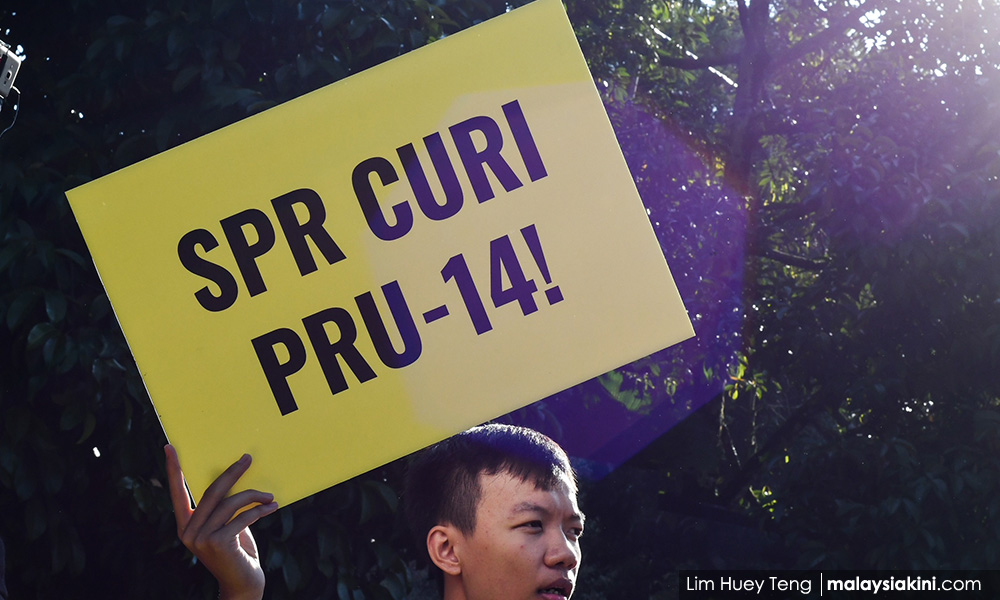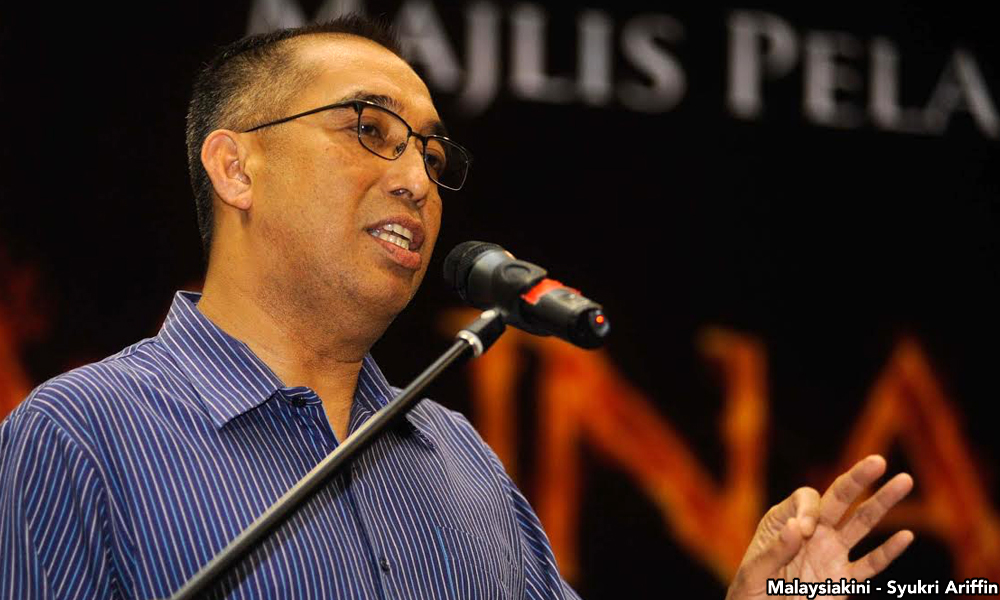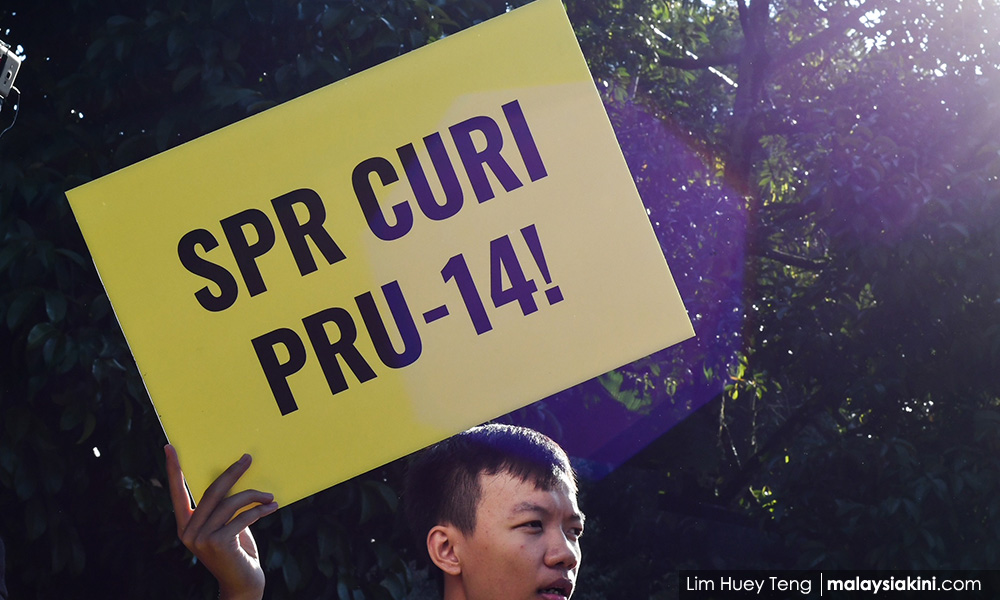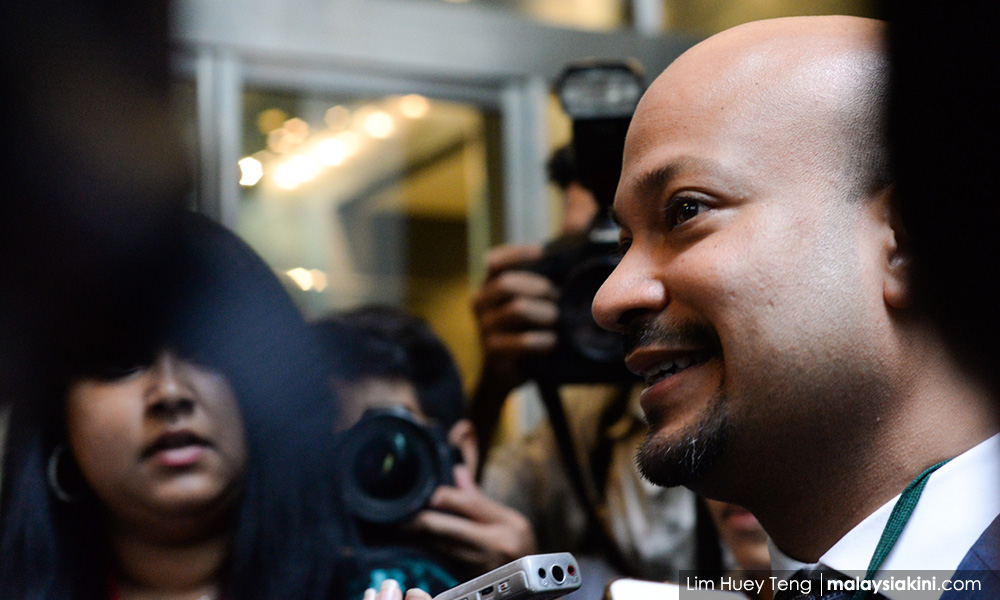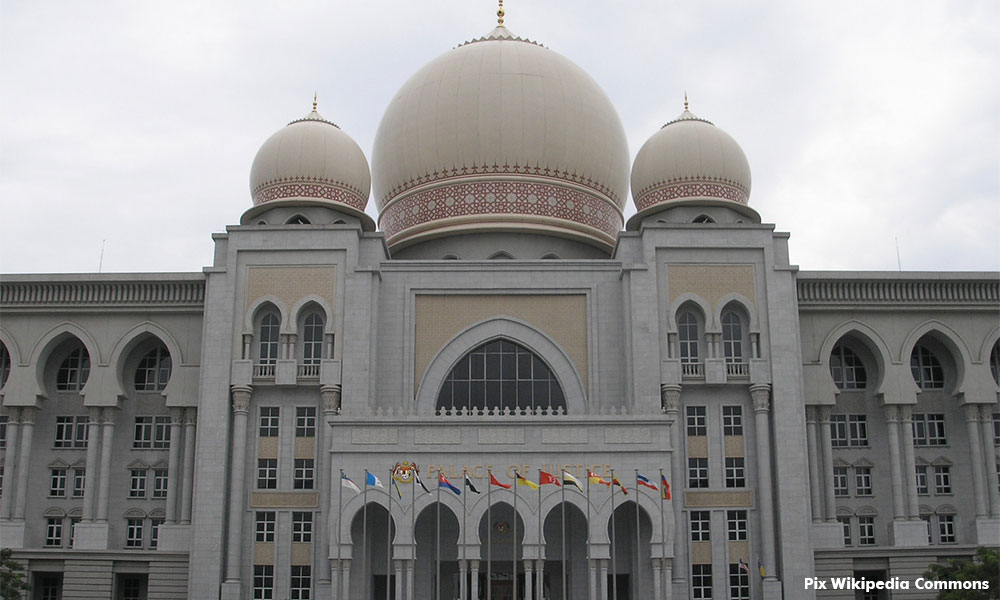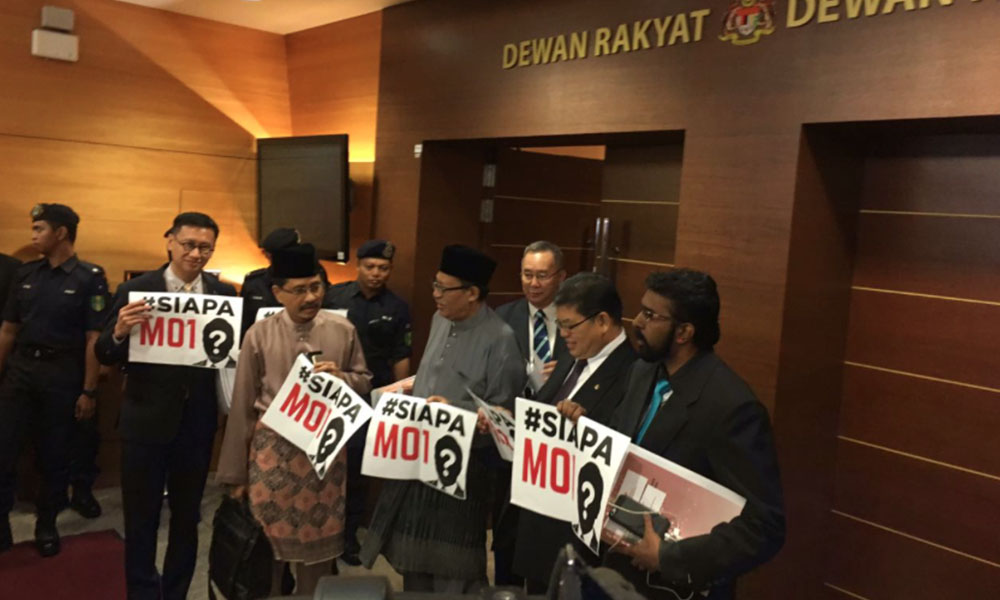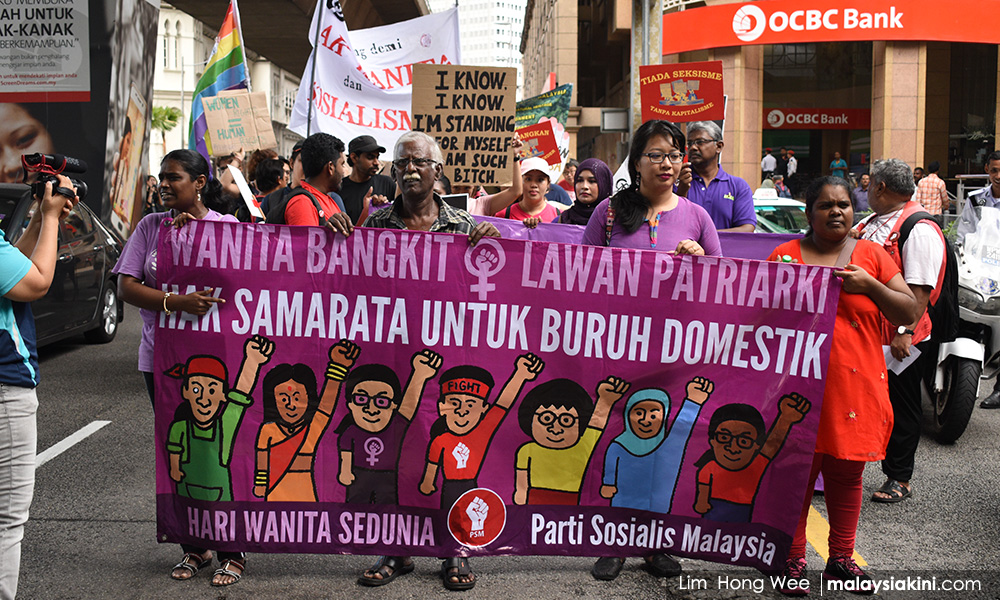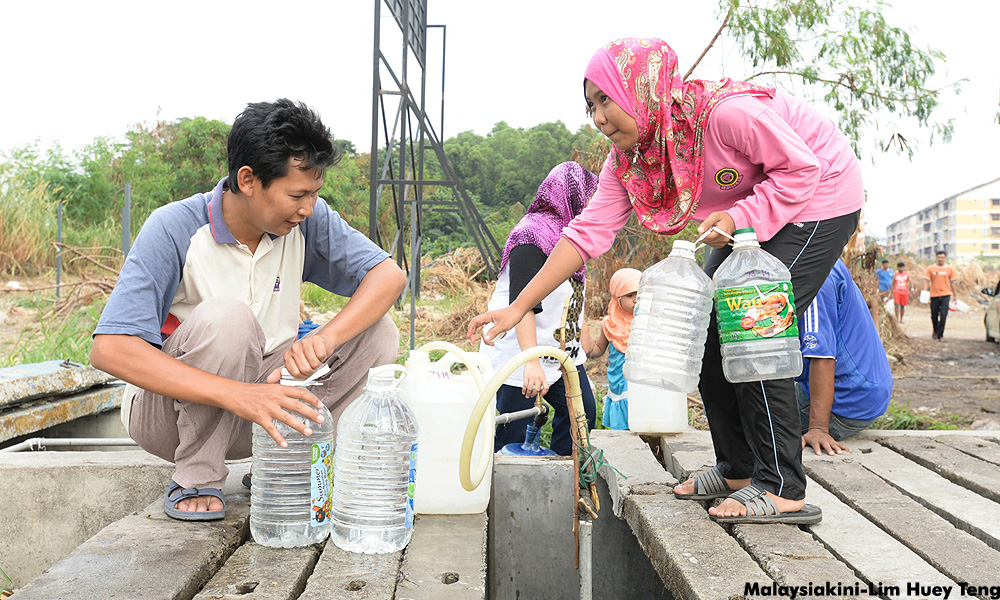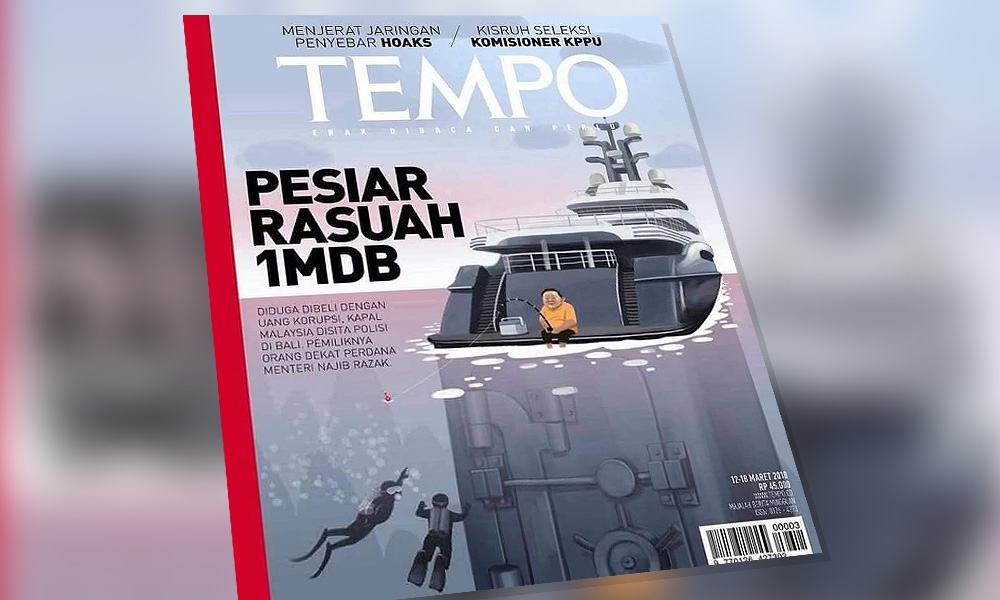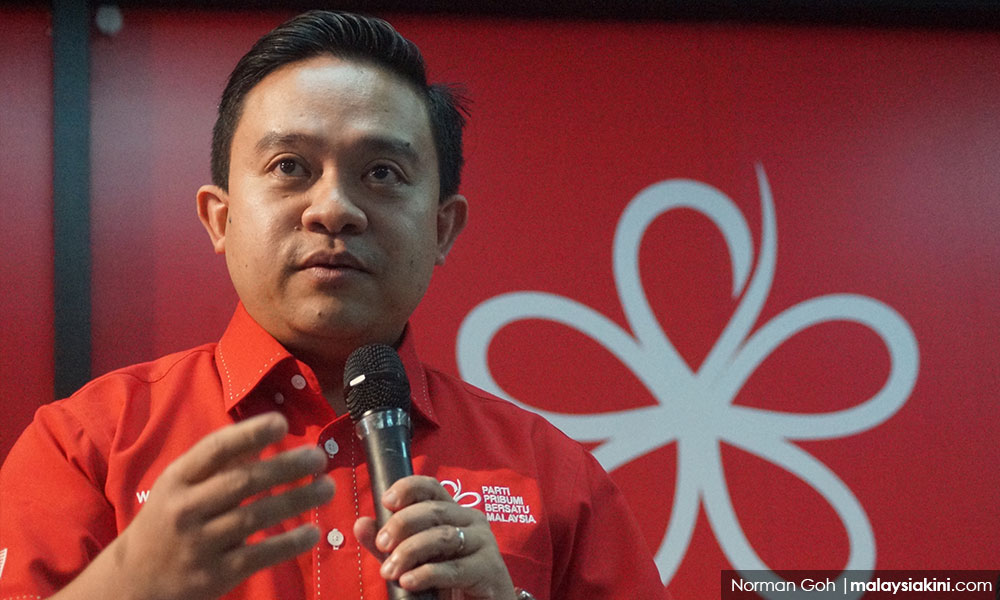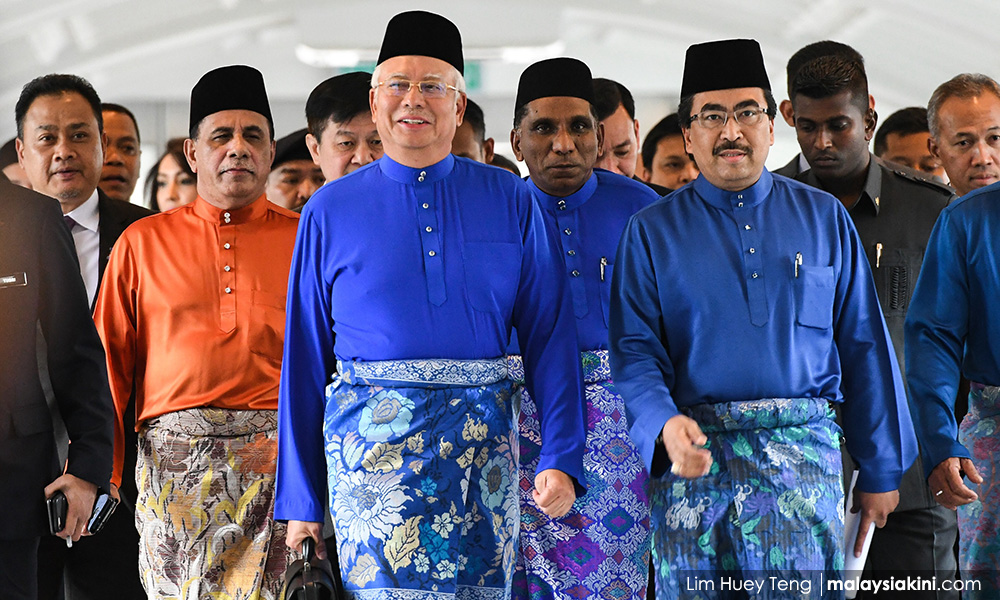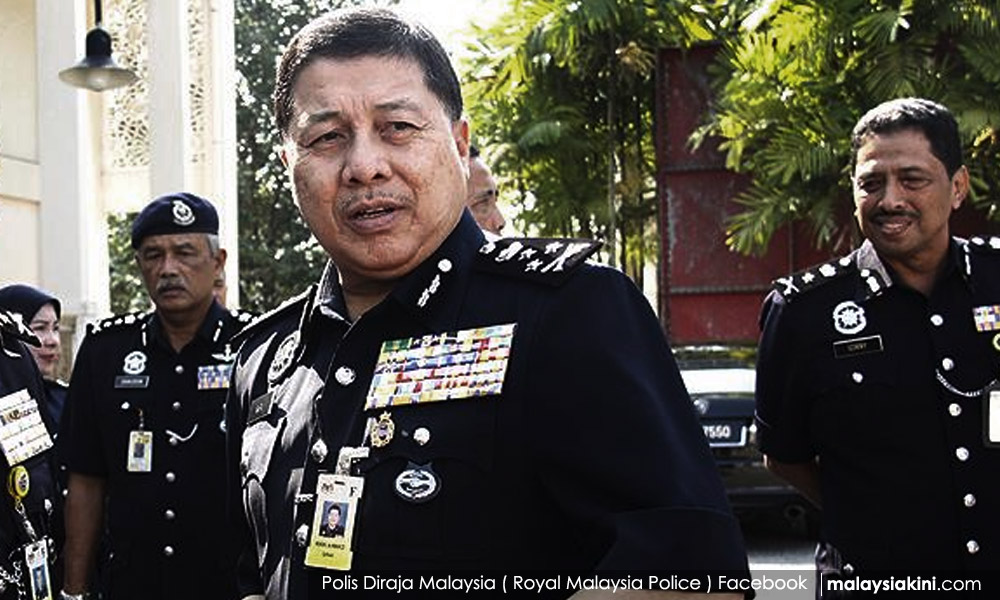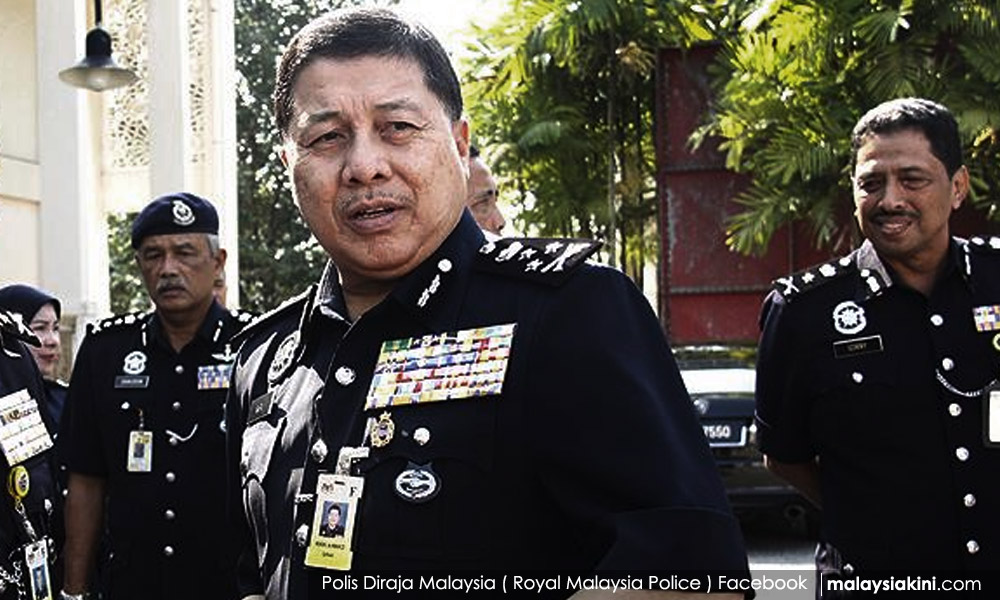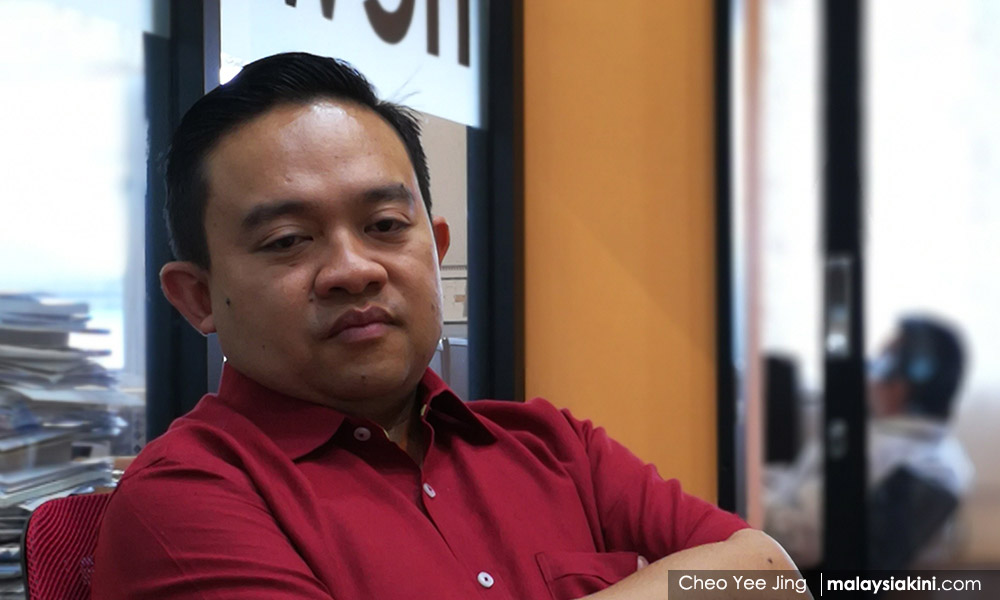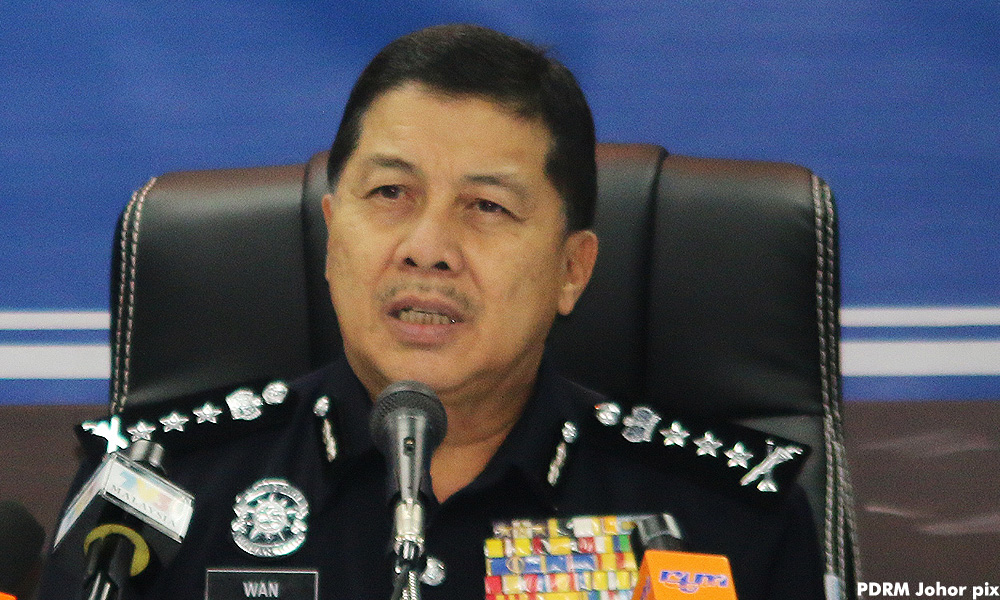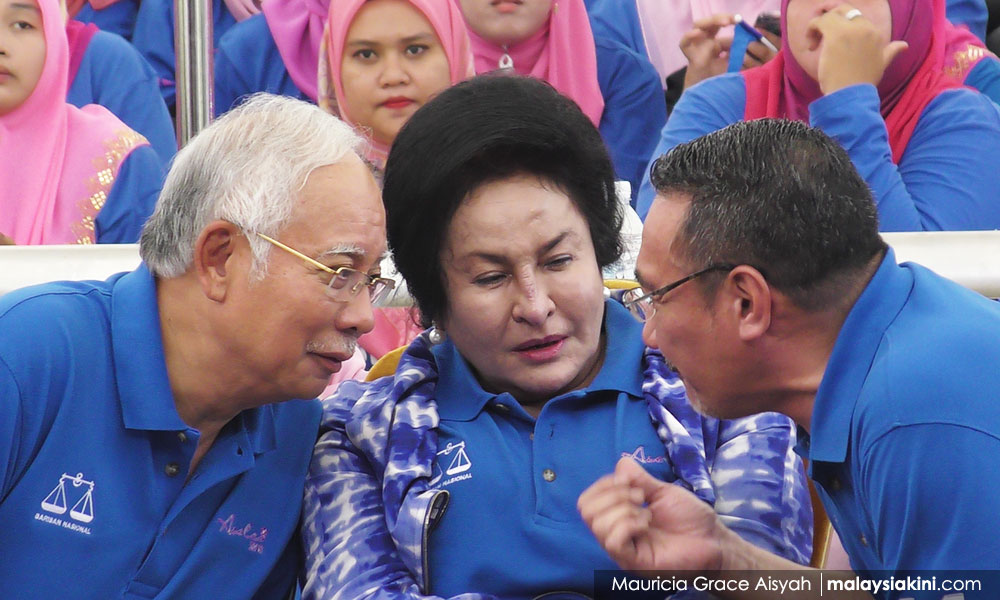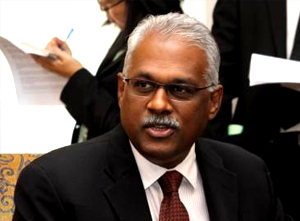 Charles Santiago, Vice-Chair Selangor DAP, April 10, 2013.
Charles Santiago, Vice-Chair Selangor DAP, April 10, 2013.
Hindraf’s illusion is dangerous and nonsensical. I am referring to its unyielding stand that the DAP Gelang Patah Declaration is plagiarized from Hindraf’s manifesto.
It’s commendable that Hindraf has come up with a manifesto to uplift the socio-economic status of ethnic Indians.
But other Indian based organizations such as the National Indian Rights Action Team (NIAT) have put forward a-68-page exhaustive Indian empowerment plan and policy reforms to uplift the Indian community.
Clearly, Hindraf is not the only organization working towards the empowerment of ethnic Indians.
But the insistence by Hindraf’s leaders that the DAP Declaration copies Hindraf’s aspirations for the Indian community only goes to show their ignorance about the long-standing grievances faced by the minority community.
During the 1999 election, a group of NGOs under the umbrella of the Group of Concerned Citizens (GCC), first put forward a political document entitled ‘Demands of Indian Malaysians: For a Better Future’. It was endorsed by political parties such as DAP, PAS, PRM, PAS and KeAdilan (now PKR).
Thus the aspirations of the Indian community are not a monopoly of any one group and there is enough room for all to contribute in the struggle.
I started working with the Indian community, and particularly the plantation workers, from the early 80s. The Indians were largely poor, did not have the necessary skills to survive in an urban environment and marginalized in terms of education, employment and business opportunities.
We fought alongside the Indians for the implementation of a minimum wage, the right to Tamil education and to have their inherent rights met.
We fought for better infrastructure in Tamil schools and higher intake in universities, among other issues.
Fast forward to 2013, nothing much has changed under Barisan rule.
Malaysian Indians are facing the same dilemma. The Malaysian Indian Congress, which was then the self-proclaimed custodian of the community, took it upon them to look into the welfare of the Indians.
The MIC’s many schemes, including Maika shares, to uplift the community ended in disasters. Their only feat was successfully disengaging the Indians from the decision-making process of the government.
Hindraf leaders must bear in mind that many of the leaders in Pakatan Rakyat have been working with the Indian community long before Hindraf was even formed. We understand their issues and are not strangers to their aspirations.
Some of the points raised in the Gelang Patah Declaration were already raised in Pakistan Rakyat’s manifesto. The Declaration itself is a work in progress.
My party, DAP, has put forth the Gelang Patah Declaration to PKR and PAS. We will reach a consensus as deliberations are currently underway.
The PR state governments of Selangor and Penang have provided millions of ringgits in support of Tamil schools including computer labs.
Money has also been given to temples and other programs including interest free small business loans and programs for single mothers.
Pakatan rakyat has walked the talk although more needs to be done. However delivery aspects of these programs can be more efficient.
But the structural problems facing the Indians can only be addressed in a comprehensive manner with the commitment of the federal government.
Given what Hindraf claims to represent, its natural ally would be Pakatan Rakyat. As such, it would be prudent on the part of Hindraf leaders to stop acting like children.
We are not at war with each other here.


